ACA and Midsize Businesses: Many businesses are struggling to understand and comply with the rules of the Affordable Care Act (ACA). Here are five common myths* midsize group clients (51-100 employees) may need your help with to understand:
· Myth #1: Our business is exempt from the Affordable Care Act’s employer mandate
Companies with more than 100 full-time employees must provide health insurance to full-time workers starting this year. In 2016, your employer clients with 51-100 full-time workers also will have to provide coverage.
· Myth #2: Most businesses of our size don’t provide health insurance today
The ACA requires your midsize employer groups to change their existing coverage. But, only a small percentage will be offering coverage for the first time.
· Myth #3: Even if we are penalized for not providing coverage, we can deduct the penalty on our income taxes
Companies that fail to comply with the employer mandate are subject to a penalty. But the mandate is set up as a shared responsibility fee. This makes the penalty a tax that cannot be deducted for federal income tax purposes.
· Myth #4: We can continue to offer a limited benefit or mini-med plan
Limited benefit plans do not meet ACA rules, so any midsize group clients currently offering these types of plans will need to upgrade their coverage to meet the employer mandate.
· Myth #5: We will have to buy our insurance from a government website
The Small Business Health Options Program (SHOP) is the online Health Insurance Marketplace, or exchange, for businesses. But, let your clients know that using the exchange is optional. Employers can come to you at no extra cost and buy directly from an insurance company.
Read the full article here.
Contact Steven G. Cosby, MHSA with questions or to request more information and to schedule a healthcare plan evaluation, savings analysis or group plan solution for your company.

